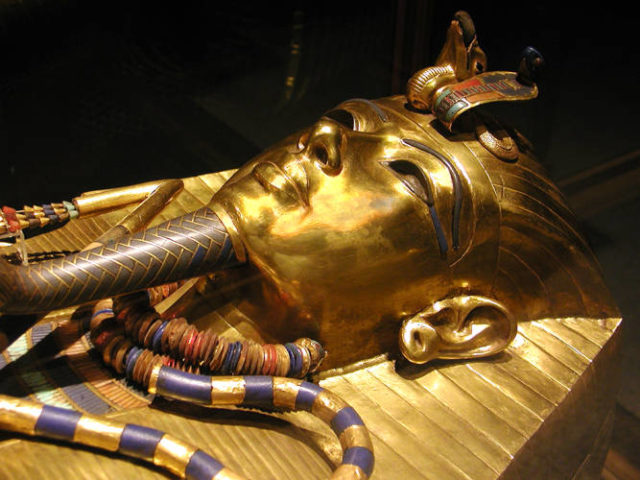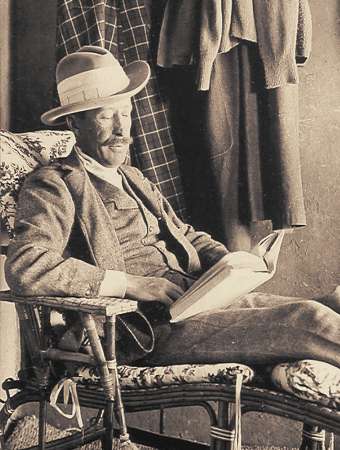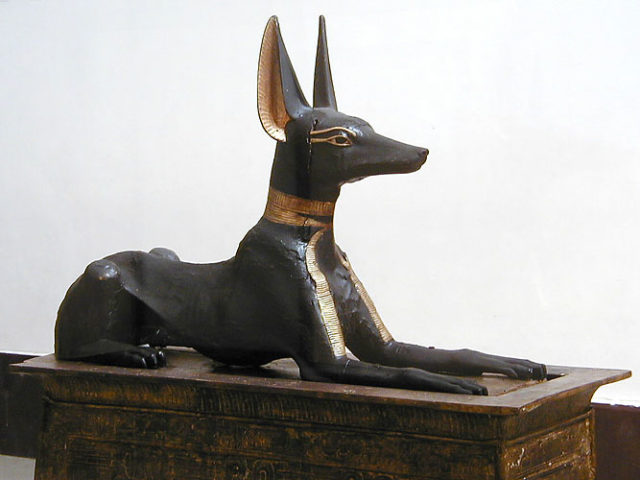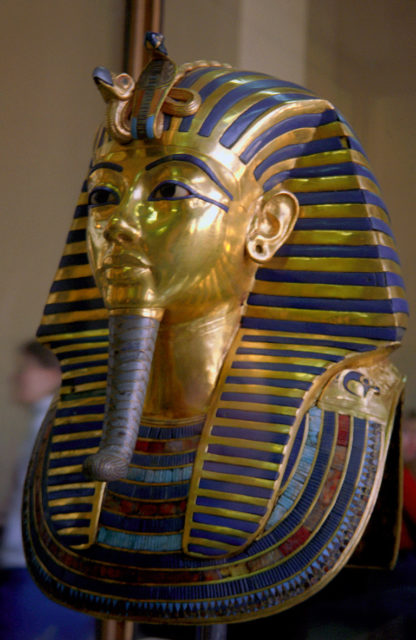The belief in a curse was brought to many people’s attention due to the sometimes mysterious deaths of a few members of Howard Carter’s team, and other prominent visitors to the tomb shortly thereafter. Carter’s team opened the tomb of Tutankhamun (KV62) in 1922, an act regarding by many as the starting point of the modern era of Egyptology.

The famous Egyptologist James Henry Breasted worked with Carter soon after the first opening of the tomb. He reported how Carter sent a messenger on an errand to his house. On approaching his home, the messenger thought he heard a “faint, almost human cry.” Upon reaching the entrance, he saw the bird cage occupied by a cobra, the symbol of Egyptian monarchy. Carter’s canary had died in its mouth, and this fueled local rumors of a curse. Arthur Weigall, a previous Inspector-General of Antiquities to the Egyptian Government, reported that this was interpreted as Carter’s house being broken into by the Royal Cobra, the same as that worn on the King’s head to strike enemies, on the very day the King’s tomb was being broken into. An account of the incident was reported by the New York Times on 22 December 1922.

The first of the “mysterious” deaths was that of Lord Carnarvon. He had been bitten by a mosquito, and later slashed the bite accidentally while shaving. It became infected, and blood poisoning resulted. Two weeks before Carnarvon died, Marie Corelli wrote an imaginative letter that was published in the New York World magazine, in which she quoted an obscure book that confidently asserted that “dire punishment” would follow any intrusion into a sealed tomb. A media frenzy followed, with reports that a curse had been found in the King’s tomb, though this was untrue. The superstitious Benito Mussolini, who had once accepted an Egyptian mummy as a gift, ordered its immediate removal from the Palazzo Chigi.

Sir Arthur Conan Doyle, creator of Sherlock Holmes, suggested that Lord Carnarvon’s death had been caused by “elementals” created by Tutankhamun’s priests to guard the royal tomb, and this further fueled the media interest. Arthur Weigall reported that six weeks before Carnarvon’s death, he had watched the Earl laughing and joking as he entered the King’s tomb and said to a nearby reporter (H. V. Morton), “I give him six weeks to live.” The first autopsy carried out on the body of Tutankhamun by Dr. Derry found a healed lesion on the left cheek, but as Carnarvon had been buried six months previously it was not possible to determine if the location of the wound on the King corresponded with the fatal mosquito bite on Carnarvon.

In 1925, the anthropologist Henry Field, accompanied by Breasted, visited the tomb and recalled the kindness and friendliness of Carter. He also reported how a paperweight given to Carter’s friend Sir Bruce Ingram was composed of a mummified hand with its wrist adorned with a scarab bracelet marked with, “Cursed be he who moves my body. To him shall come fire, water, and pestilence.” Soon after receiving the gift, Ingram’s house burned down, followed by a flood when it was rebuilt.
Howard Carter was entirely skeptical of such curses. He did report in his diary a “strange” account in May 1926, when he saw jackals of the same type as Anubis, the guardian of the dead, for the first time in over thirty-five years of working in the desert.
Skeptics have pointed out that many others who visited the tomb or helped to discover it lived long and healthy lives. A study showed that of the 58 people who were present when the tomb and sarcophagus was opened, only eight died within a dozen years. All the others were still alive, including Howard Carter, who died of lymphoma in 1939 at the age of 64. The last survivor, American archaeologist J.O. Kinnaman, died in 1961, a full 39 years after the event
